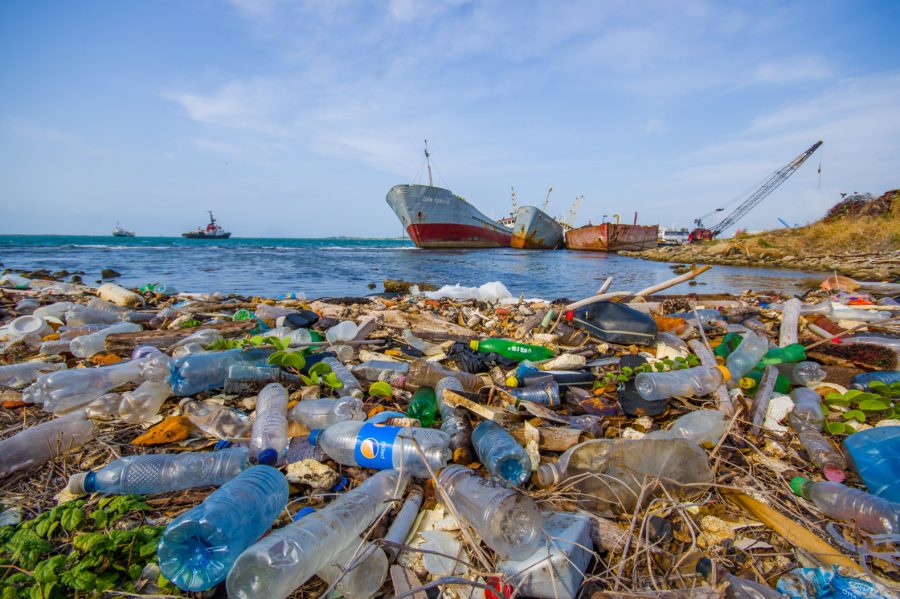Trillions of plastic pieces like bottles, toys, and bags, are making its way into Arctic waters. A study published Wednesday in Science Advances found that a major ocean current is carrying small bits of plastic, mainly from the North Atlantic Ocean to the Greenland and Barents seas, where they stay in surface waters, in sea ice, and on the oceanfloor.
The study was led by scientists from the University of Cádiz in Spain. As climate change continues to shrink the Arctic Sea ice cover, navigation becomes easier for ships traveling the isolated waters. As a result, plastic pollution could spread more widely in the Arctic Sea waters in decades to come.


Plastic pollution results in tiny bits of plastic across Arctic waters
Andrés Cózar Cabanas, a professor of biology at University of Cádiz and lead author of the study, said he was surprised by the results they found, and he added he’s worried about the possible outcomes.


“We don’t fully understand the consequences the plastic is having or will have in our oceans,” said Cózar, according to The New York Times. “What we do know is that these consequences will be felt at a greater scale in an ecosystem like this because it is unlike any other on Earth.”
Plastic waste in the ocean was believed to group in big patches, usually on subtropical gyres, which are large currents that converge in the middle of the sea. However, scientists explained that only about 1 percent of plastic pollution is found in these gyres and other surface waters.
The plastic in surface waters in the Arctic Sea currently accounts for about 3 percent of the total, but researchers believe the amount will grow and that the seafloor underneath the Arctic Ocean could be a big sink for plastic.
The affected part in the Arctic Ocean is important in the thermohaline circulation, a global current in deep waters dictated by differences in temperature and salinity around the world. The current carries warm surface water up to the Arctic and it’s bringing with it plastic waste from more polluted coastlines, dumping the tiny pieces of plastic in the Arctic, where it gets trapped in Greenland and the polar ice cap.
“This hypothesis was corroborated by the relatively high ratios of marine surface plastic to local pollution sources,” the study reads. “Surface circulation models and field data showed that the poleward branch of the Thermohaline Circulation transfers floating debris from the North Atlantic to the Greenland and Barents seas, which would be a dead end for this plastic conveyor belt.”
Researchers sampled floating plastic debris from 42 places in the Arctic Ocean. They conducted their research aboard Tara, a research vessel famous for completing a trip around the North Pole from June to October 2013, along with data from two other sites from a previous trip. The team analyzed the collected plastic and established the concentration of particles by dividing the dry weight of the plastic.
The majority of plastic was turned into bits for staying too long in oceans
Almost the entire plastic, measured by weight, was in bits, mostly ranging from 0.5 millimeters to 12.6 millimeters, and in the form of a fishing line, pellets or line. This blend of plastic types is consistent with the types of plastic found in the subtropical gyres, although subtropical gyres contain a higher concentration of fishing line.
Researchers explained that they found little samples of large plastic pieces, or from plastic film, which generally breaks down quickly, which led them to believe that the plastic has already been for a time in the ocean by the time it reaches the Arctic.
They note that if the plastic had arrived directly from Arctic coastlines, it would mean that the few people living in Arctic soul would have been dumping many more times the plastic in the sea water than people in other parts of the world, which is highly unlikely. Shipping is also uncommon in the area, and the authors add that there is no reason to think that flotsam or jetsam in the Arctic would be higher than in other parts of the world.
Source: The New York Times
